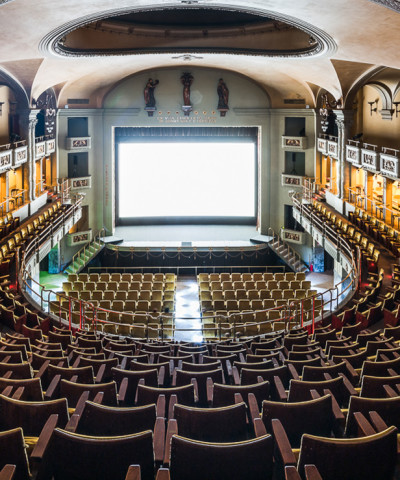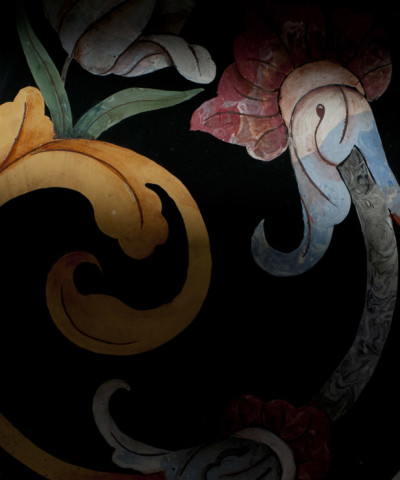Palazzo Pitti
- Piazza Pitti, 1
- 055 294883
Ore than a palazzo it has always been a royal palace. Built by Luca Fancelli to Filippo Brunelleschi’s design for the rich and ambitious banker, Luca Pitti, only part of the building was completed since Luca was reduced to poverty after staging a coup against Piero “the Gouty” de’ Medici. Completion would have to wait until around eighty years later, when Eleanor of Toledo decided to acquire the palazzo, more for the garden than anything else. In fact the first works were to improve the Boboli Gardens. In 1561, Niccolò Ammannati built the lateral internal wings and the courtyard, but Eleanor, who died the following year, never got to enjoy the water games that the ingenious Mannerist architect made possible by flooding the courtyard and creating a lake when needed. The most memorable was the naumachia, staged with real boats as part of the festivities to celebrate the marriage of Ferdinando I to Christine of Lorraine. It was under Cosimo I’s second son that the palazzo would become the permanent residence of the Grand Dukes, since until then it had been used more as a luxury hotel for illustrious guests The couple occupied the left side of the piano nobile, while the children, including Ferdinando’s brother’s daughter Maria, the future queen of France, lived on the second floor. It was under the reign of Cosimo II, who died at the age of 31, but not before having fathered eight children, that it became necessary to further enlarge the palazzo. Giulio, and later Alfonso Parigi widened the façade, taking the number of windows from 7 to 23, while the two wings extending around the square, and known as rondò were built by the Lorraines. Palazzo Pitti houses no less than six museums containing collections of late-Renaissance and modern art, silver, ivory, jewellery, porcelain and the most extensive costume gallery in Italy. The Museum of Carriages – currently under renovation – will open in about a year, dedicated to the carriages belonging to the Houses of Lorraine and Savoy. All of this in a setting which merits a visit even just for its frescoed walls by artists such as Pietro da Cortona, or Giovanni da San Giovanni and the quadraturisti from Emilia Romagna.













